|
Elijah, who is 5 1/2 sent me a message by using the ask a beekeeper part of this website. I think I have an interesting answer. "Do bees sting each other on the back or something? I was wondering. I know what bees make -- they make honey!" First a few facts:
There are a few bees, called guard bees that stay near the entrance to protect their hive from intruders. They inspect every bee that enters. They can smell the bee and tell if they are from this hive or another. If a bee from another hive comes to the door with pollen or nectar the guards won't stop them. It's like they are bringing gifts. If a honey bee from another hive comes with nothing the guards won't let them enter. Here a a photo of a the entrance on a busy sunny day. As the hive population grows, I may make the entrance larger, but that will mean they will need more guard bees. If a wasp, bumble bee, or yellow jacket tries to enter the guard bees will not let them in either. They will release a pheromone or a smell to warn the others. It works a lot like a fire alarm warning people there may be a fire. Other bees will come out and attack. These insects may have been trying to rob the hive, by stealing their honey, the bees will attack. One day I found a dead Bumble bee in front of my hive. I wonder if he was trying to steal some honey.
25 Comments
Pollen comes from many different sources and comes in many different colors. Bees travel to different flowers to gather nectar an pollen. They store what they bring home in the comb. In this frame you can see a variety of colors in the comb. You can use a chart to figure out where these bees foraged or gathered this pollen. The queen bee likes the darkness of the hive, so sometimes it is hard to find her. I have looked every time that I checked on my bees and hadn't seen her yet. Today was my lucky day. I pulled out frame after frame searching for pollen, nectar, brood, and of course, Miss Royalty. I knew she would be deep in the hive. She was probably laying eggs. I found a few frames full of brood (baby bees). I knew I was getting closer. Then I spotted her. I yelled for T.J. to come and look and a few other beekeepers came to see her too. T.J. snapped a photo and her she is. Can you find which one is the Queen? She has a long abdomen. If you look at the photo of the hive you will see a small ledge just outside the entrance. This is the landing area. The entrance is small so the bees need a place to slow down so they don't fly into a wall when they enter. About five feet in front of each hive is a very busy flight and landing area just like an airport. As a beekeeper I can use this information to stay out of their way. When I am checking my bees I enter from the back of the hive so the bees don't have to fly around me to get back inside. The first time I checked on them I didn't know this. I stood in front of the hive with hundreds of bees buzzing all around me. They had to fly around my legs just to get home. Now, I do my best to not drive them crazy or get in their way. After all, they are doing all the hard work. Here is a funny clip that shows just how busy the landing area can be. VideoGeeks: Shot on Red Epic at 300fps. I only needed to meet two beekeepers before I knew beekeeping was something I wanted to do. The first beekeeper I ever met was a man named Bruce Wall. He lived on Iona, a small island in Scotland. He raised bees, sold his honey, and carved marble. He left these small things at his gate for people passing by to purchase. My friend Caroline and I rang his doorbell (an actual bell) just to tell him we loved his art. Then we snapped a photo too. we only talked for a few minutes, but you could tell he was a great man. This is us in 2007. It only takes a week to start seeing that the queen is doing her job. Here is a photo of larva and other worker bees taking good care of them. Young bees that take care of larva are called nurse bees. You may have to look closely to see the larva in the comb. Can you find them? Beekeepers wear different styles of veils based on what they like best. I started out with a fencing hood style that is connected to a jacket. It allows your neck to move really easily. Today T.J. and I went to Pigeon Mountain Trading Company. They sell everything you need to keep bees. I needed to get a new veil so T.J. could use our other veil and jacket. Here are some photos of me trying on different types of veils.You can click on photos to make them larger and learn more about them. Look for more photos in the future to see which one I purchased. Here are some of my friends wearing other types of veils.
It is not time to start harvesting honey yet, but It is still pretty interesting. My friend Evan sent me a message by using the ask a beekeeper part of this website. If anyone has a question let me know and I'll do my best to answer it. Evan wrote: "I would like to know how you get honey out of a hive" I'll post photos and explain more about how it works when its time to harvest the honey, but here is a short answer:
Here is a short video of a beekeeper harvesting honey:Film by Tiger in a Jar Observations about our world is what science is all about. Since I don't speak bee, this is my most important way to know how my hive is doing. You can learn a lot about bees just by watching them. Next time you see a bee, try asking yourself these questions to guide your observations. Check out that bee!
|
AmandaStaring at the dancing bees in an observation hive, it hits me. I love how these tiny creatures communicate. It looks like they're having fun dancing around while telling their sisters where to find some nectar. Amanda's Sting Count
2013- 6 stings 2019- 0 Archives
April 2019
Index
All
|
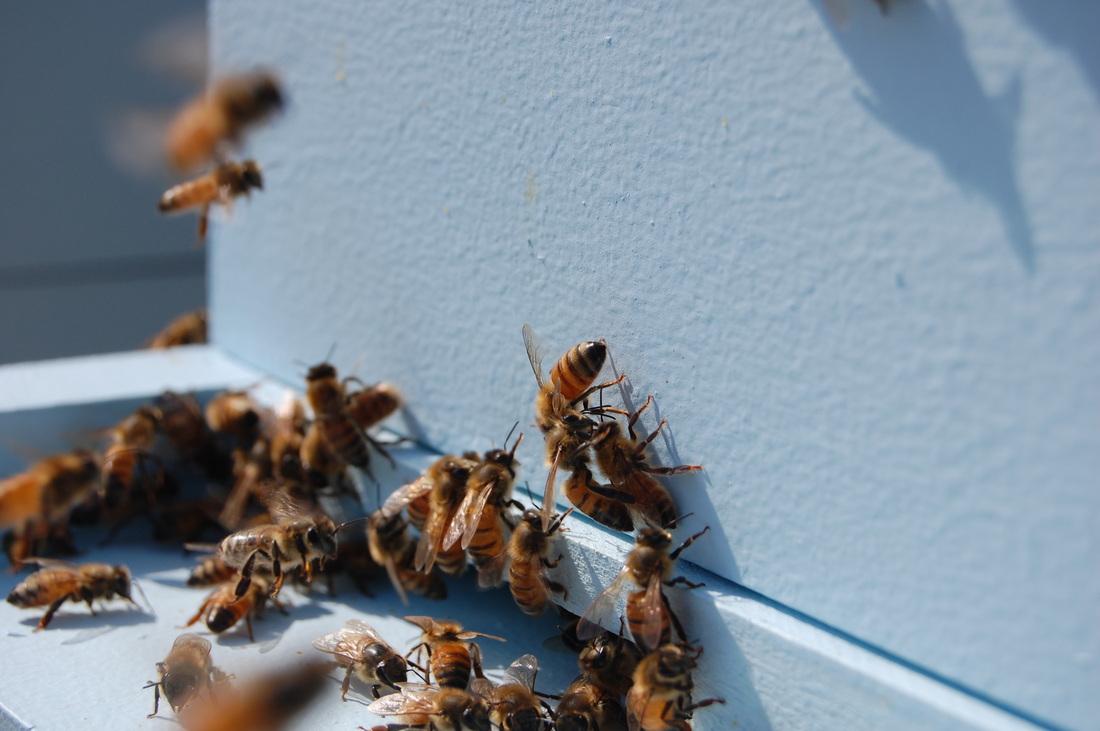
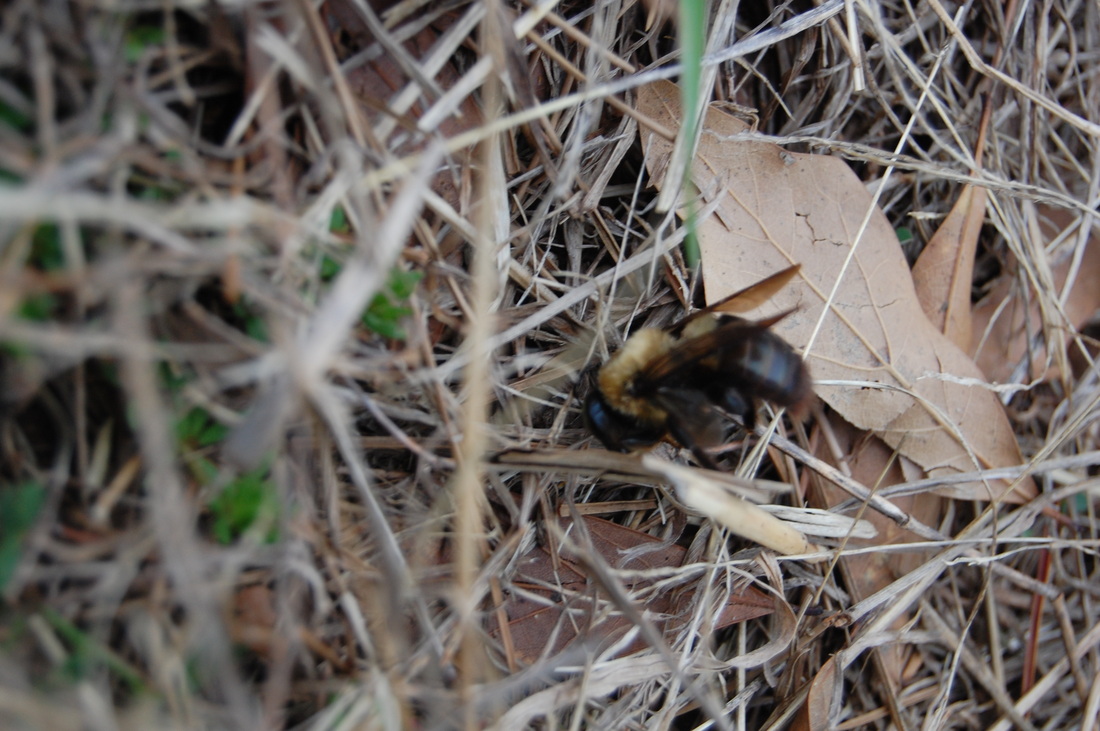
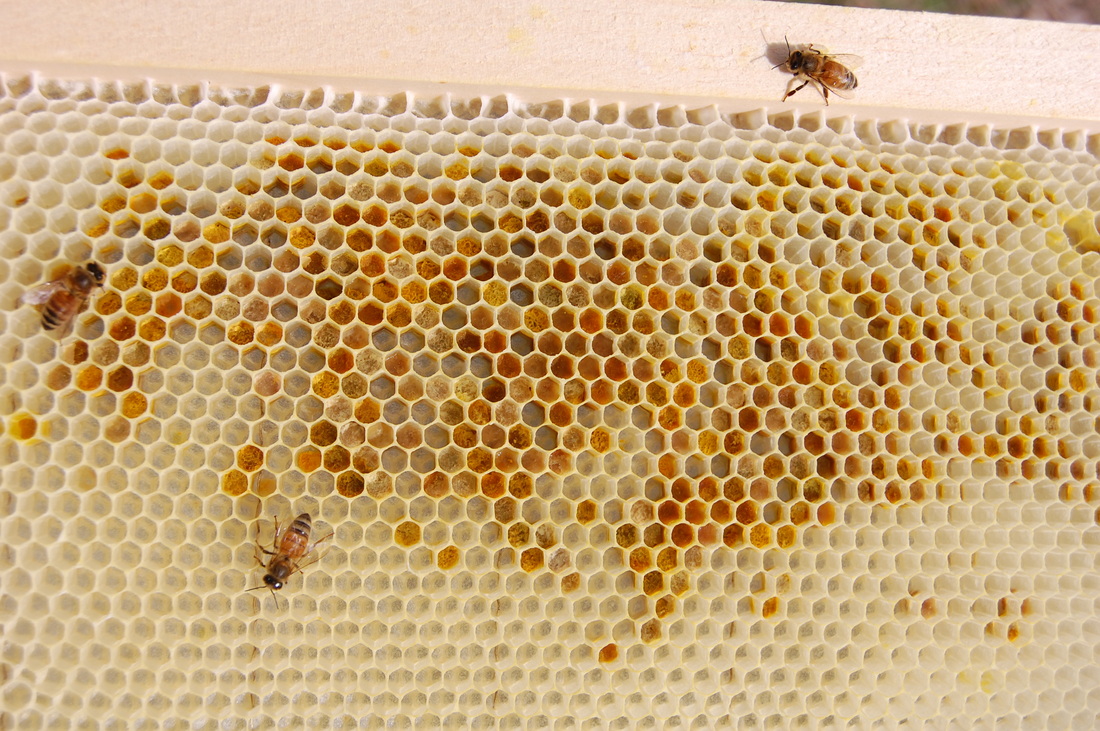







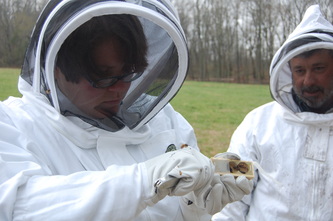
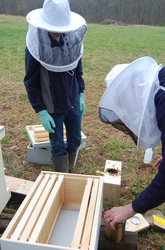

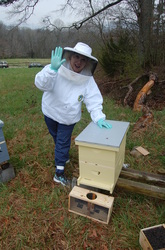
 RSS Feed
RSS Feed
